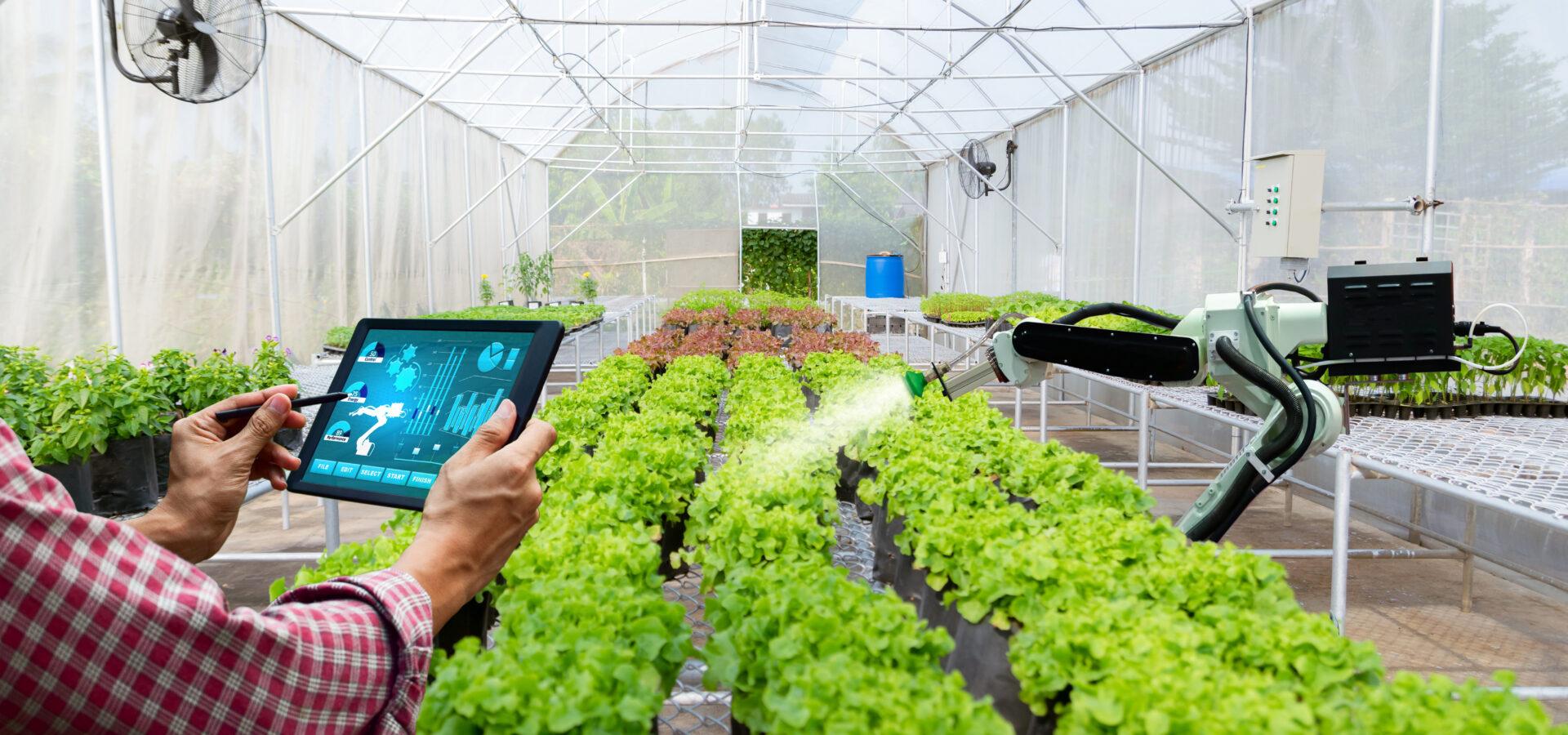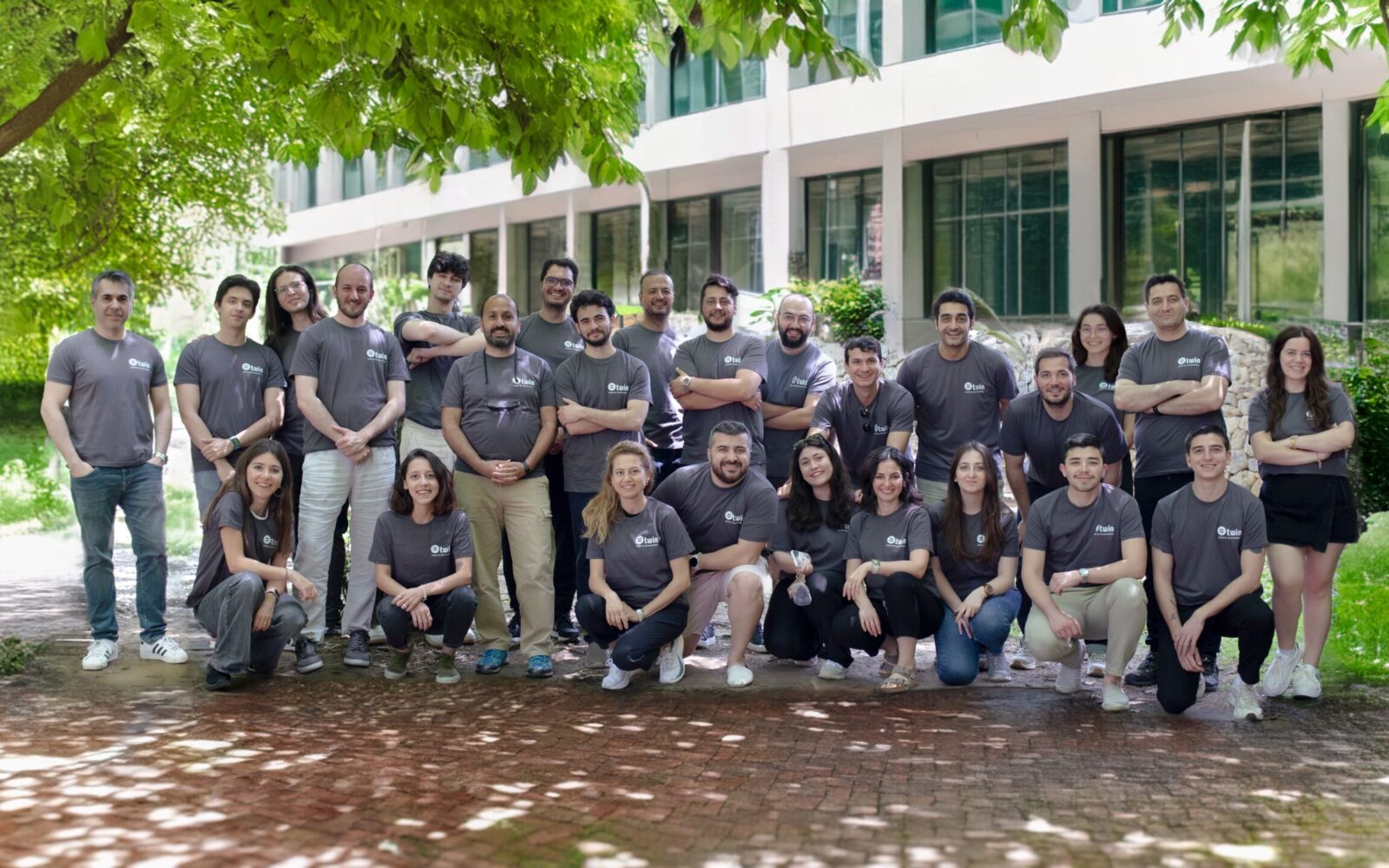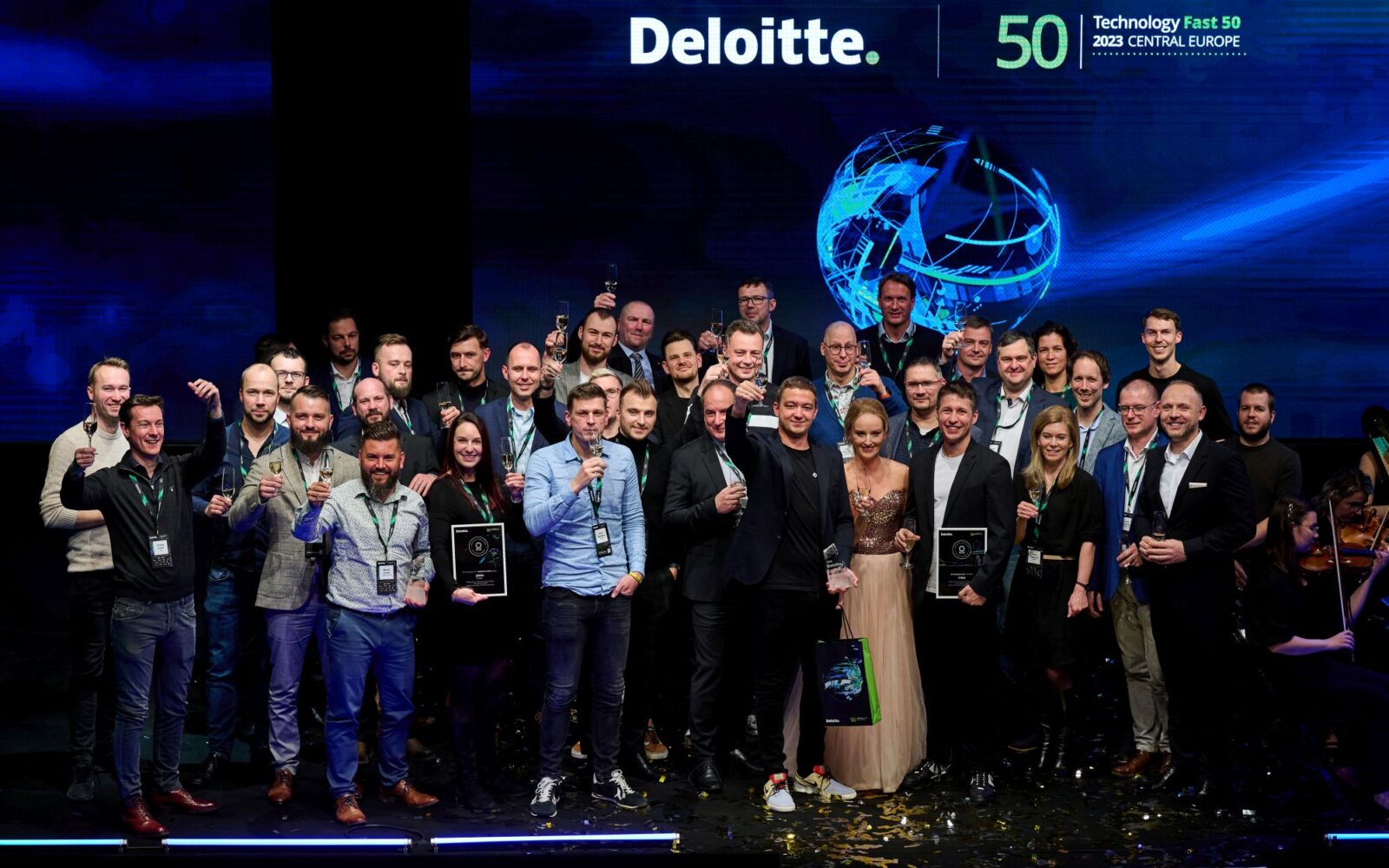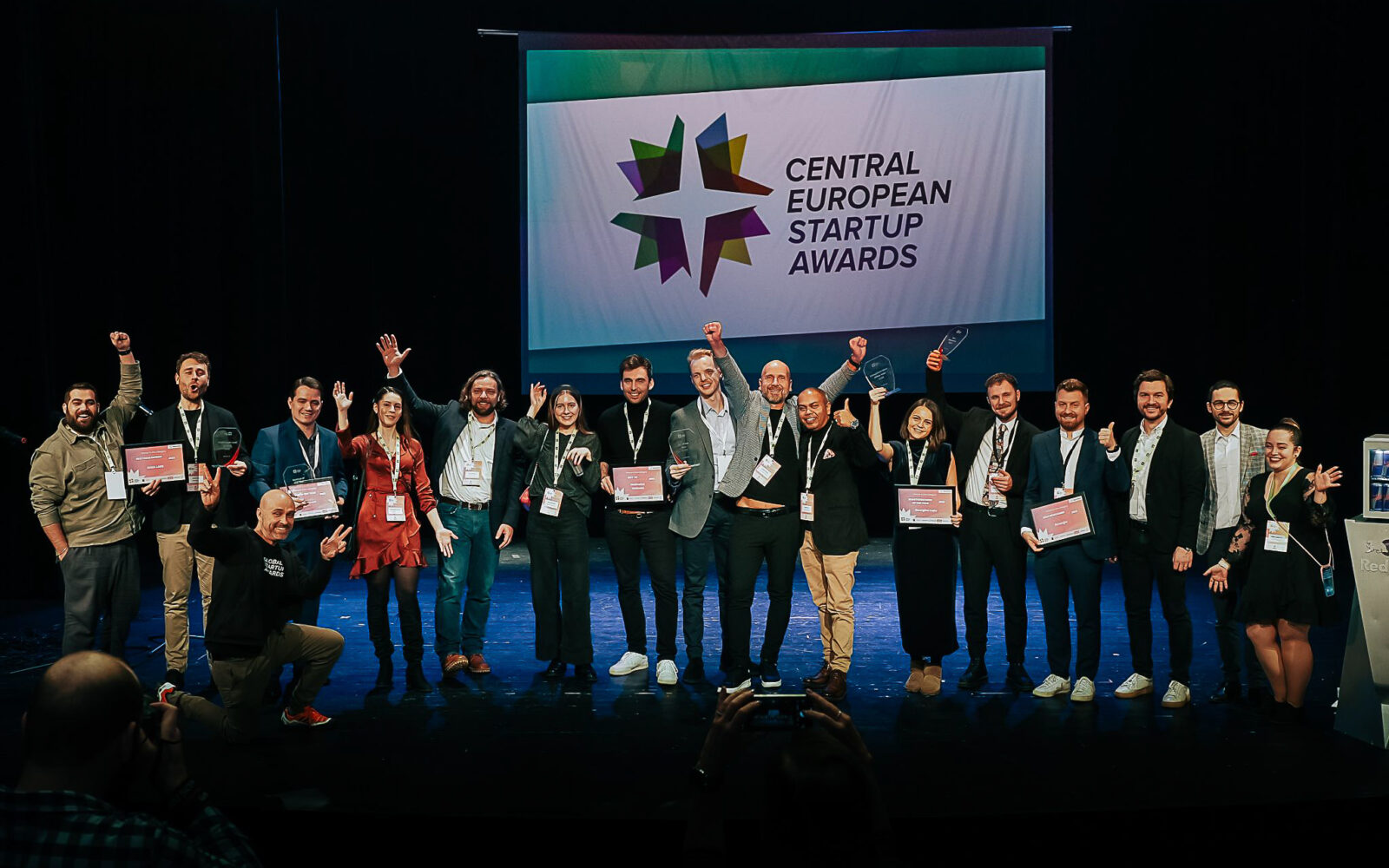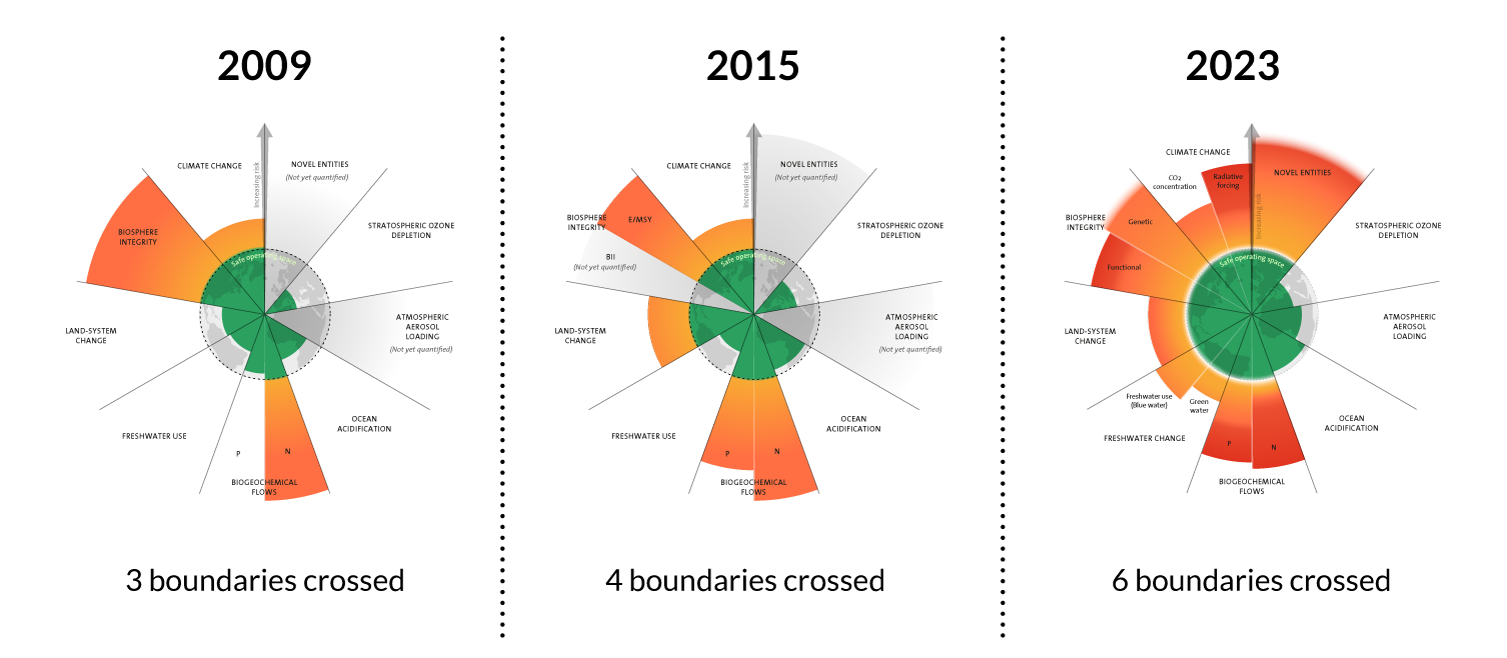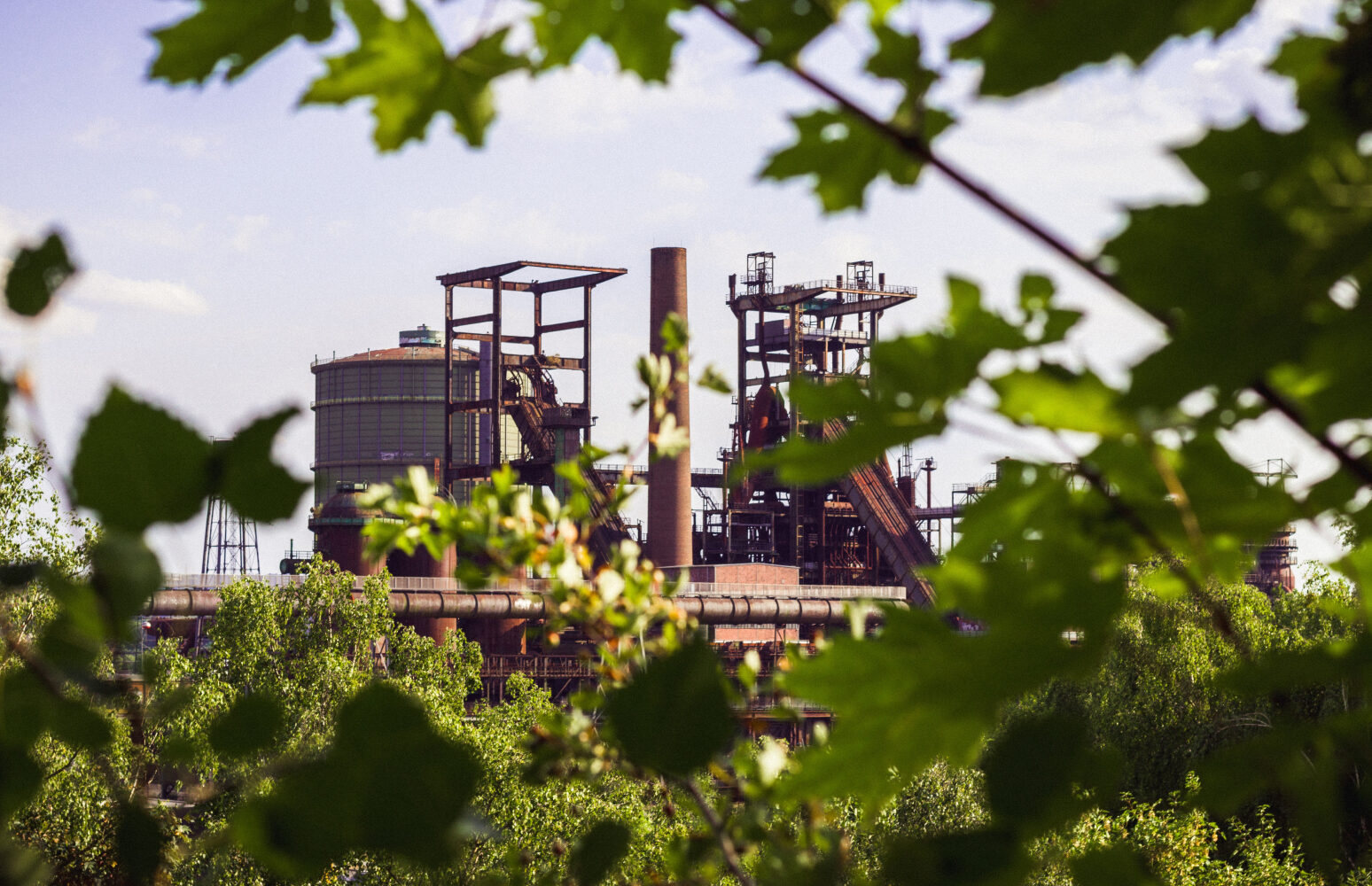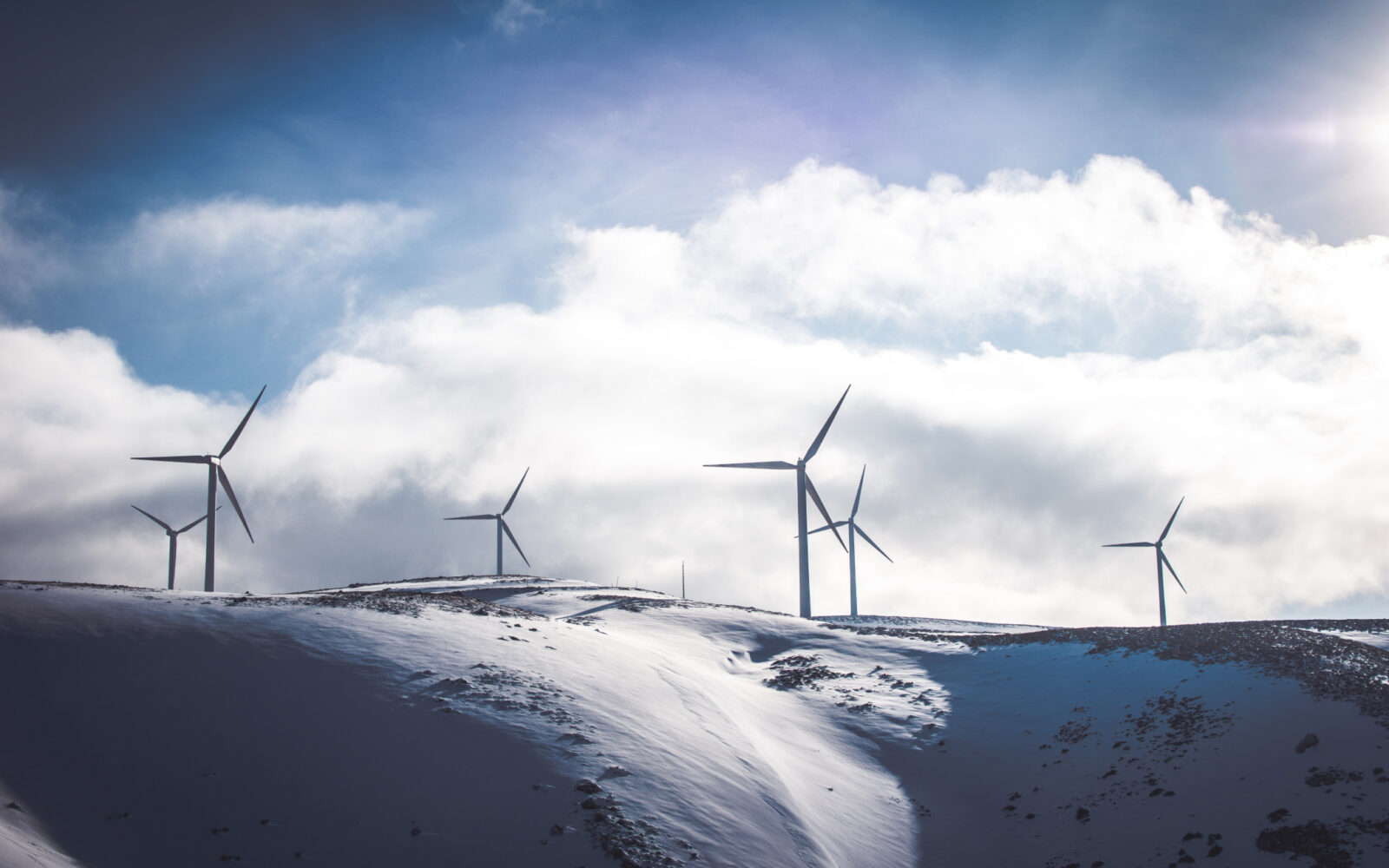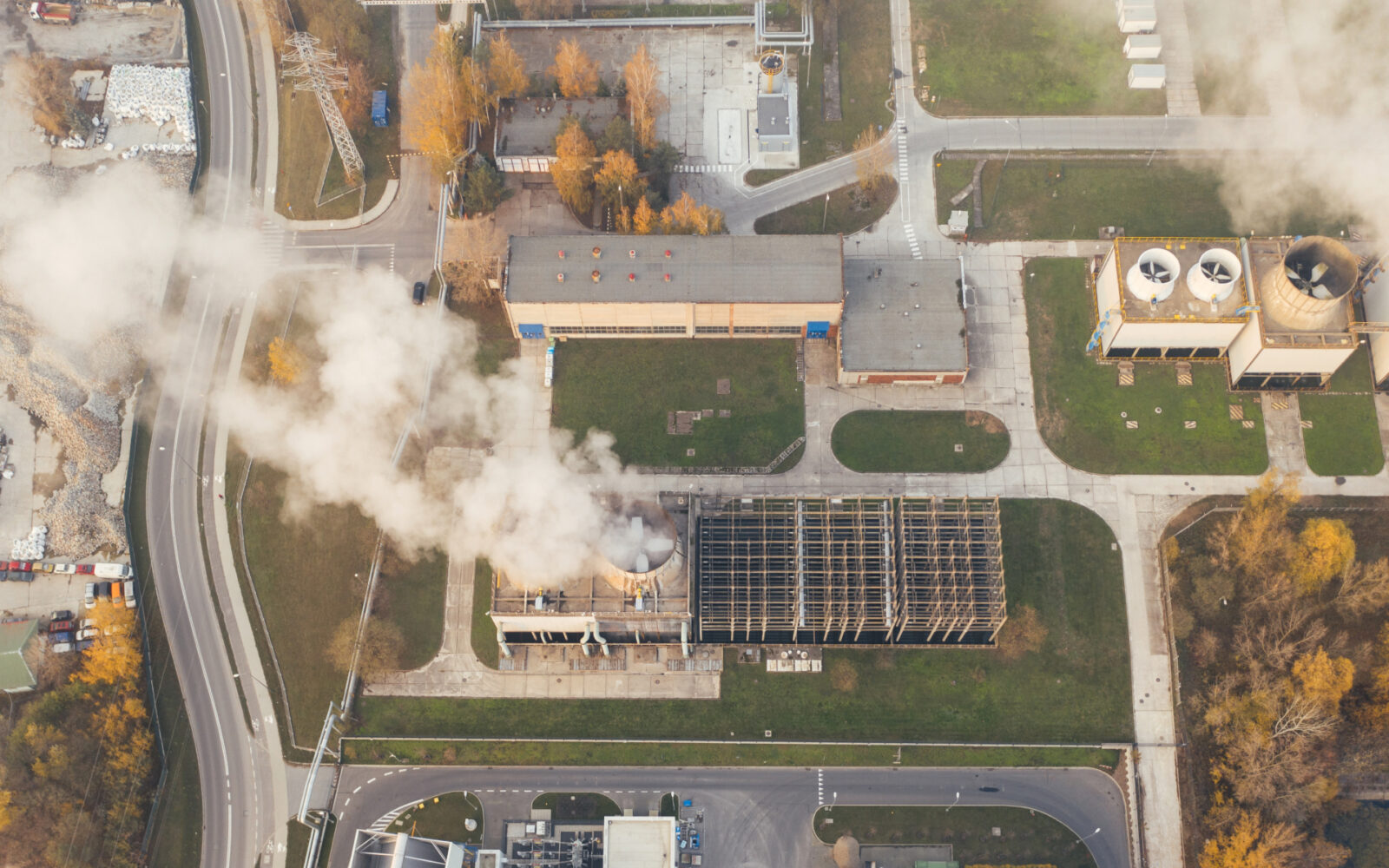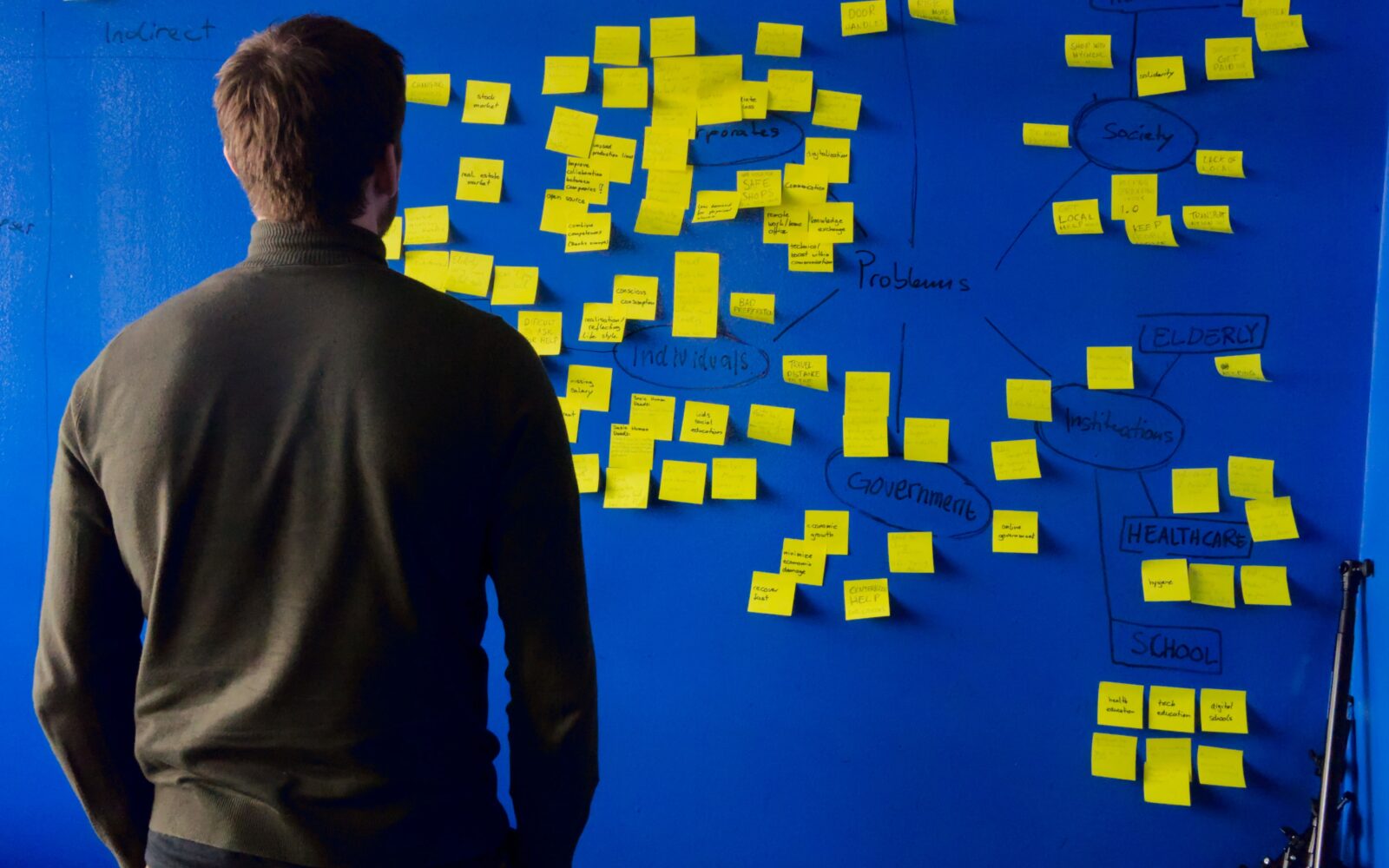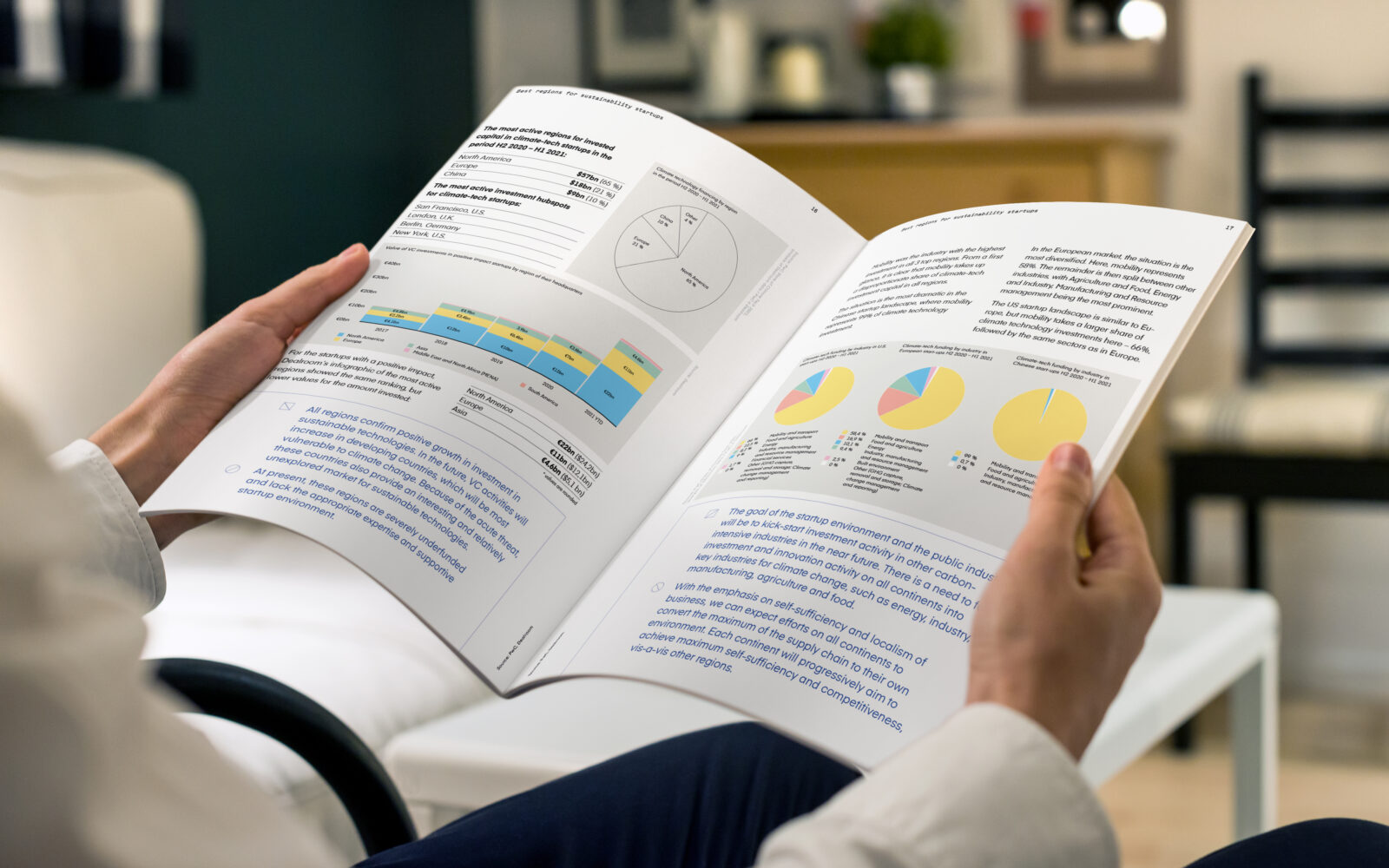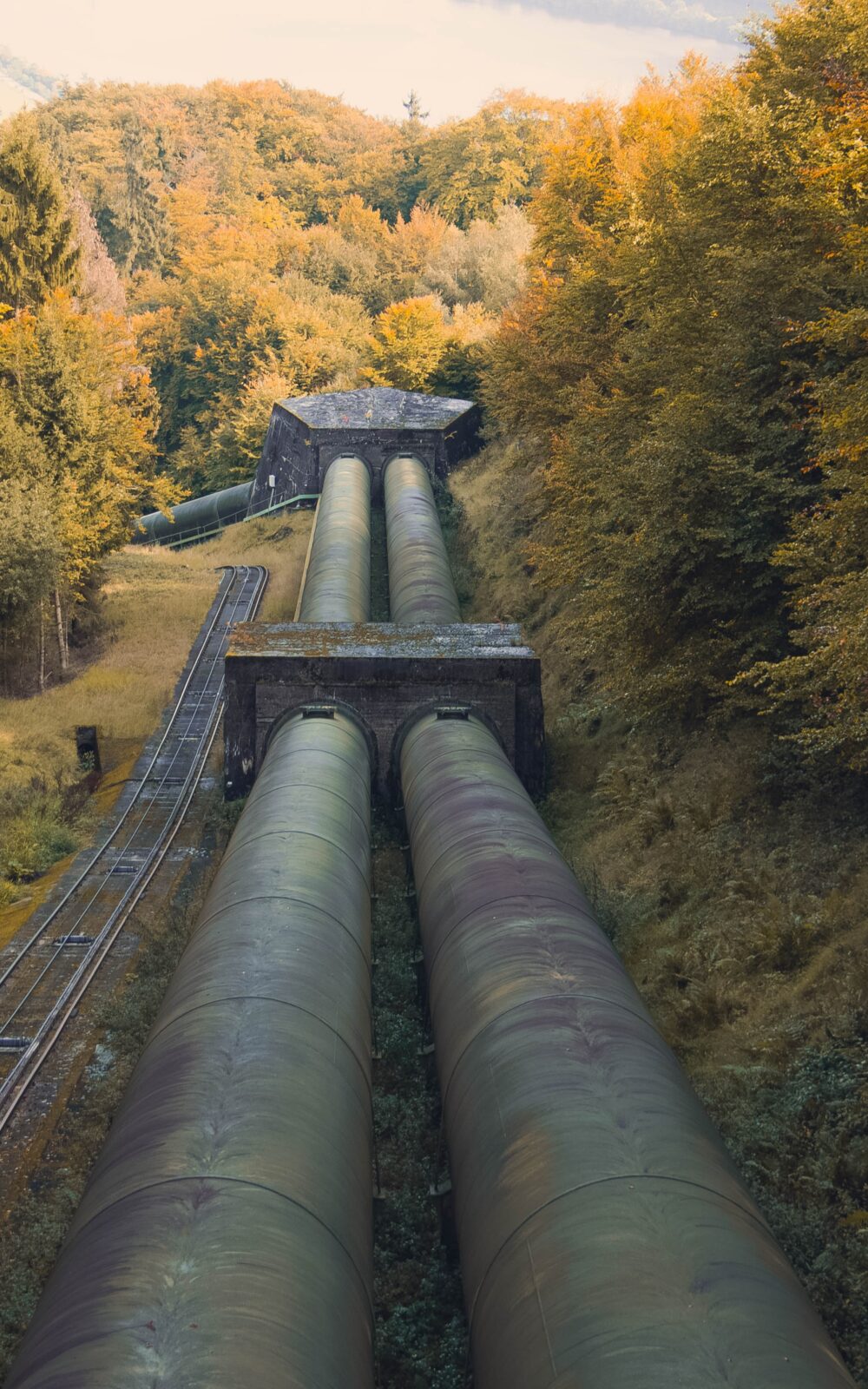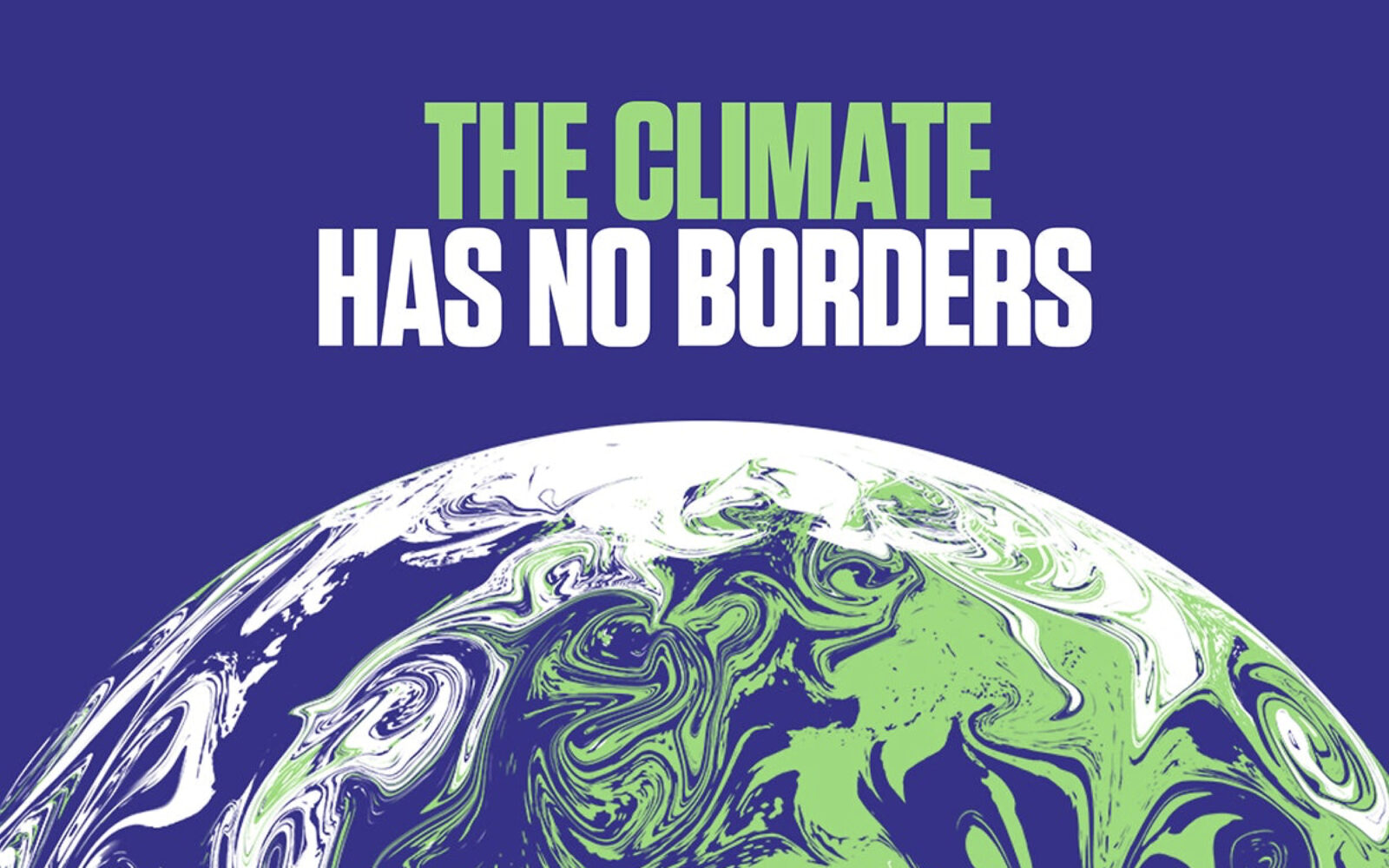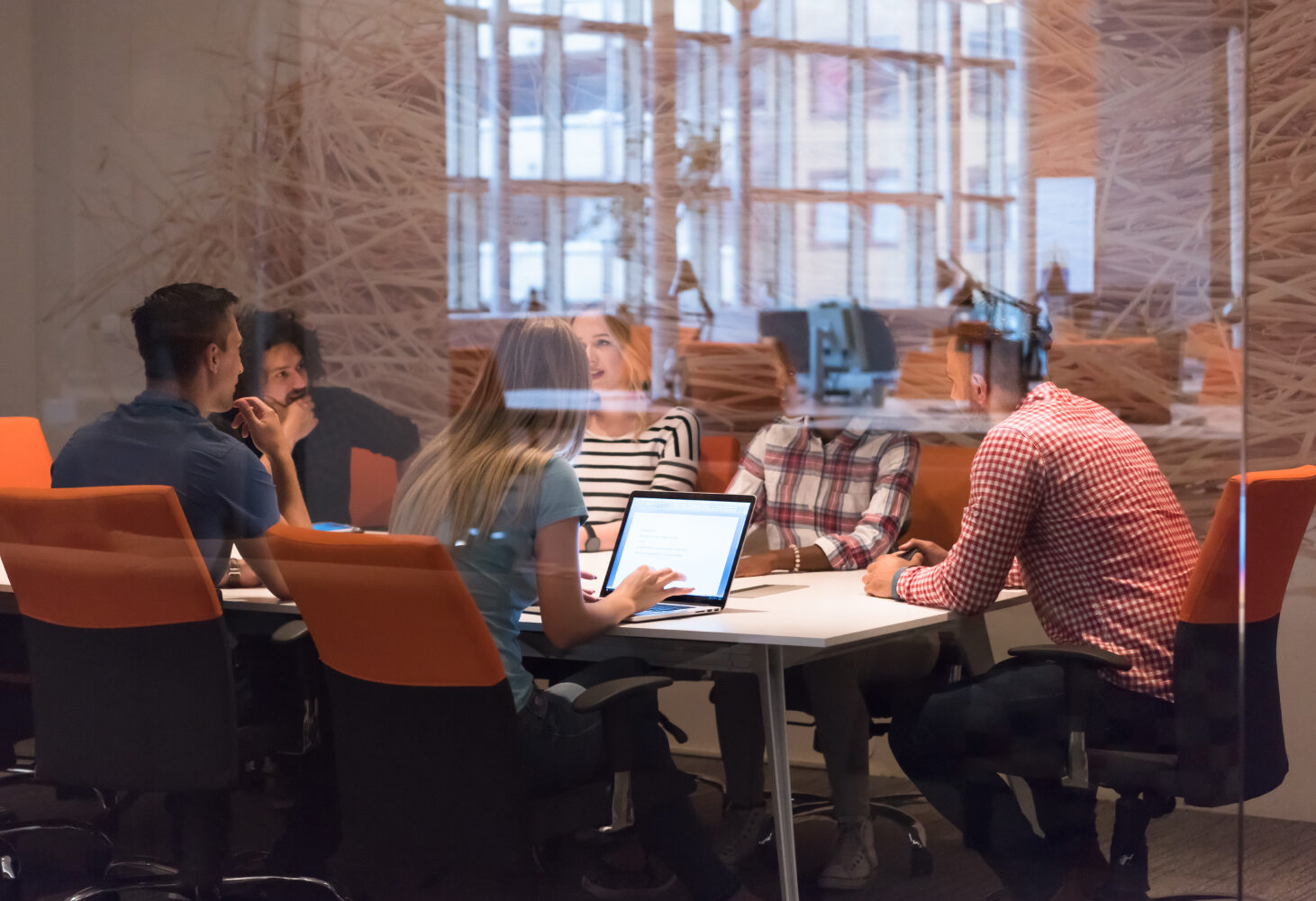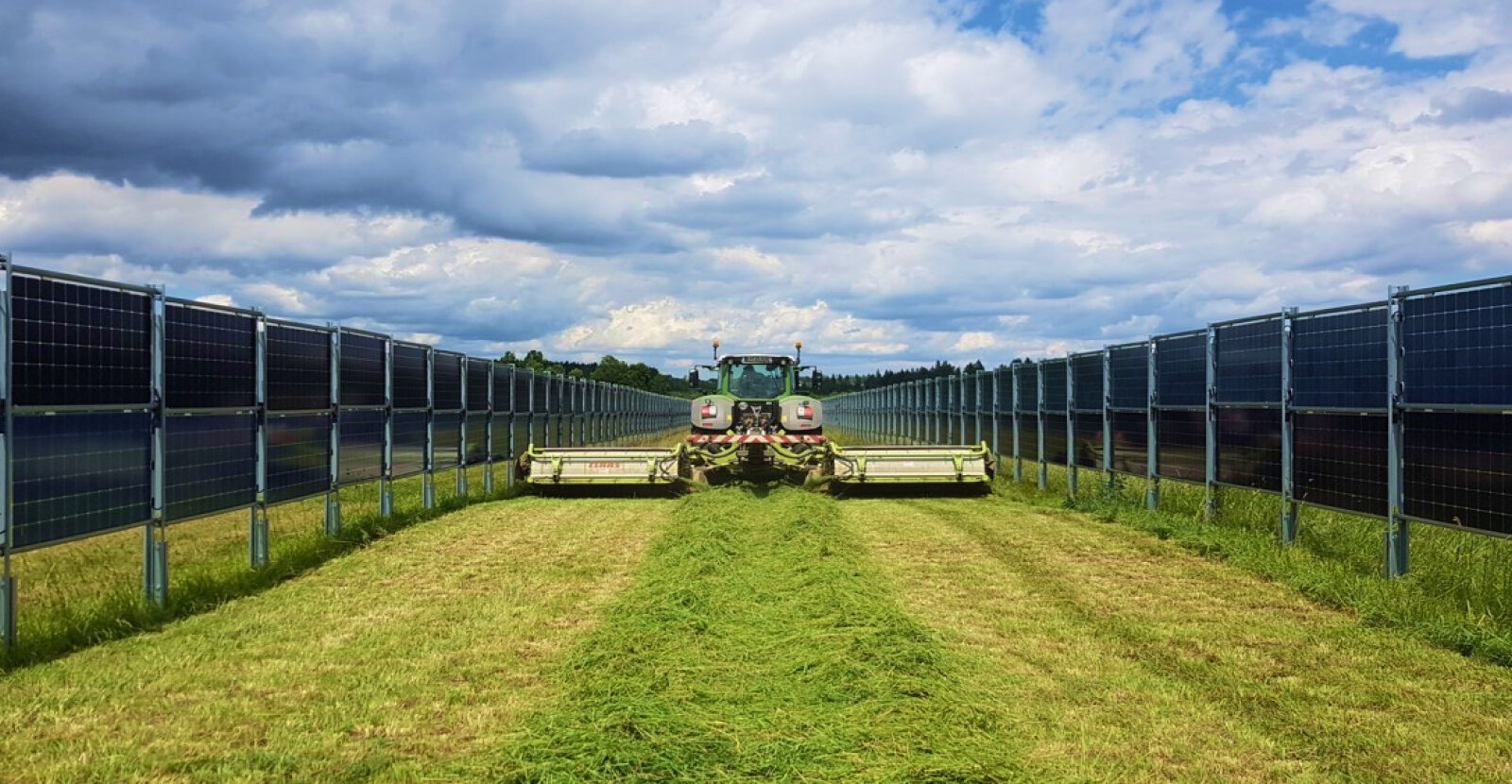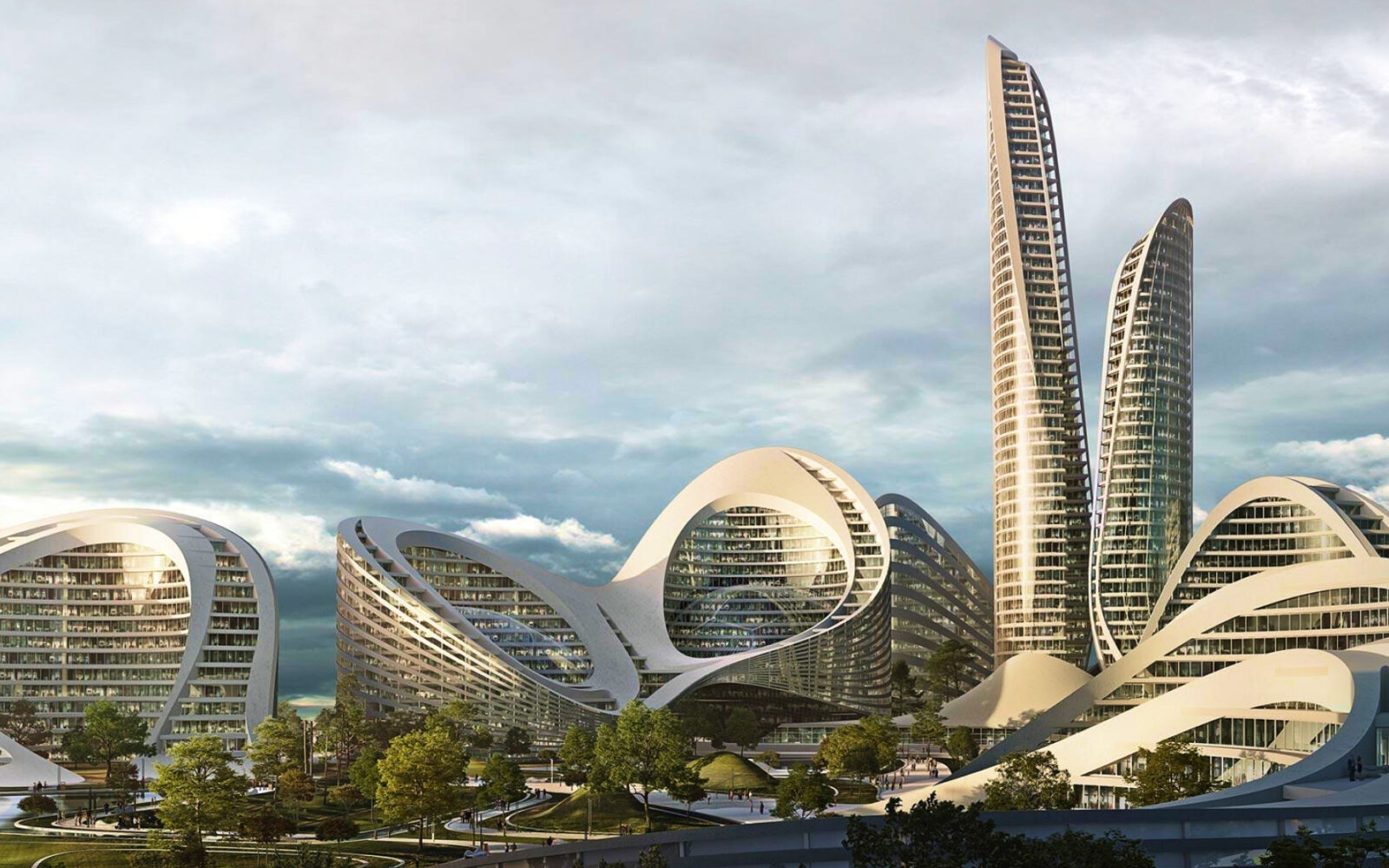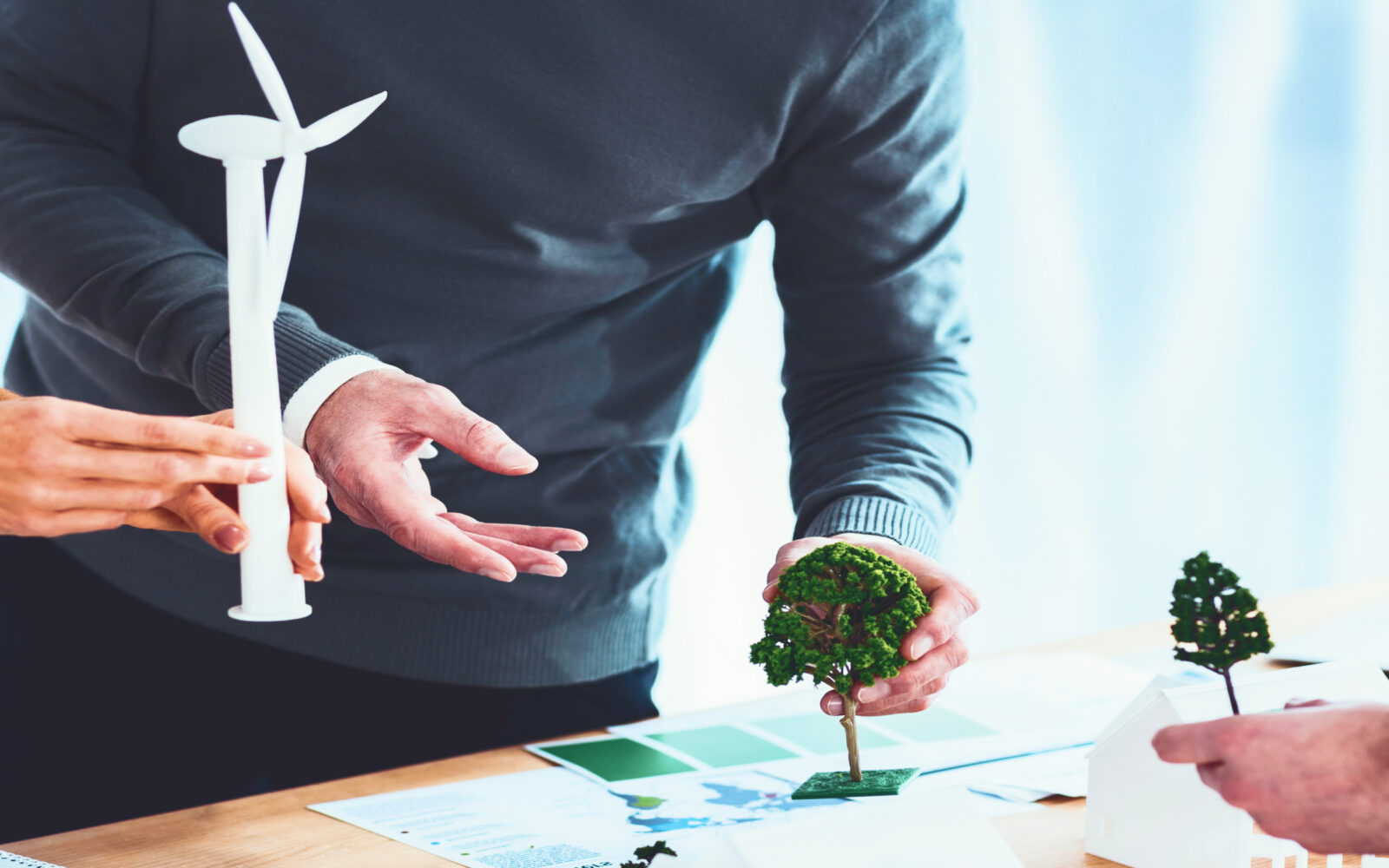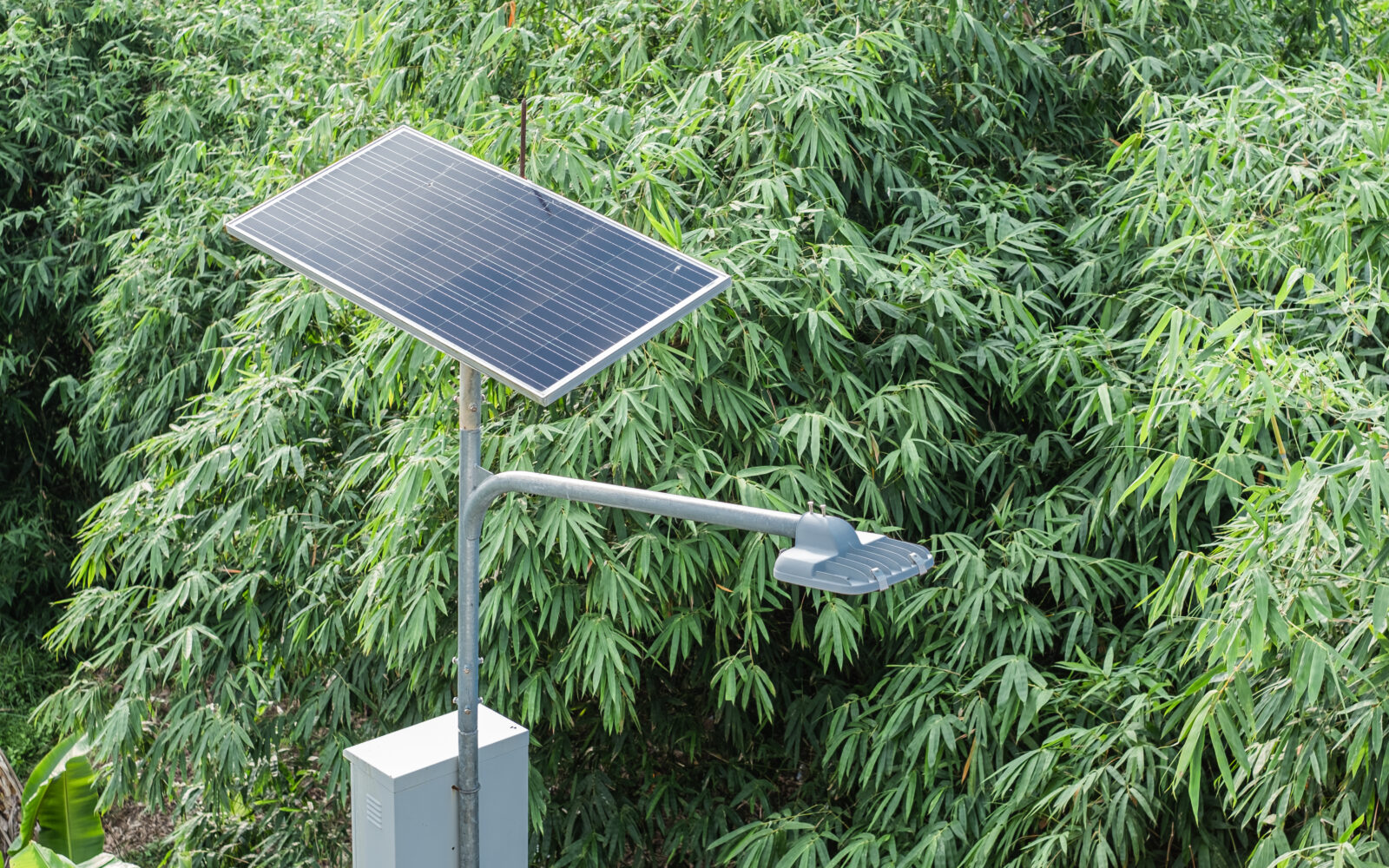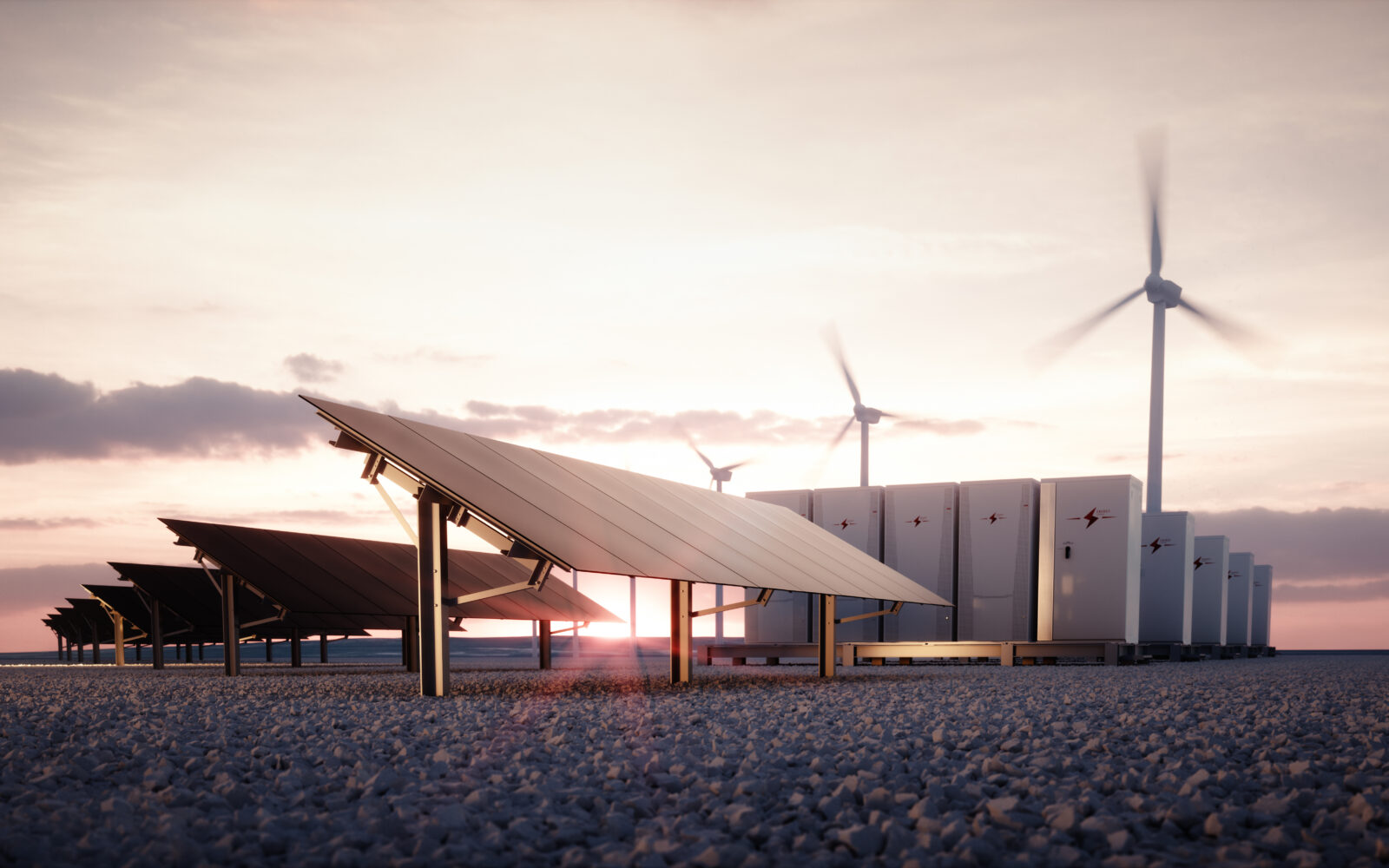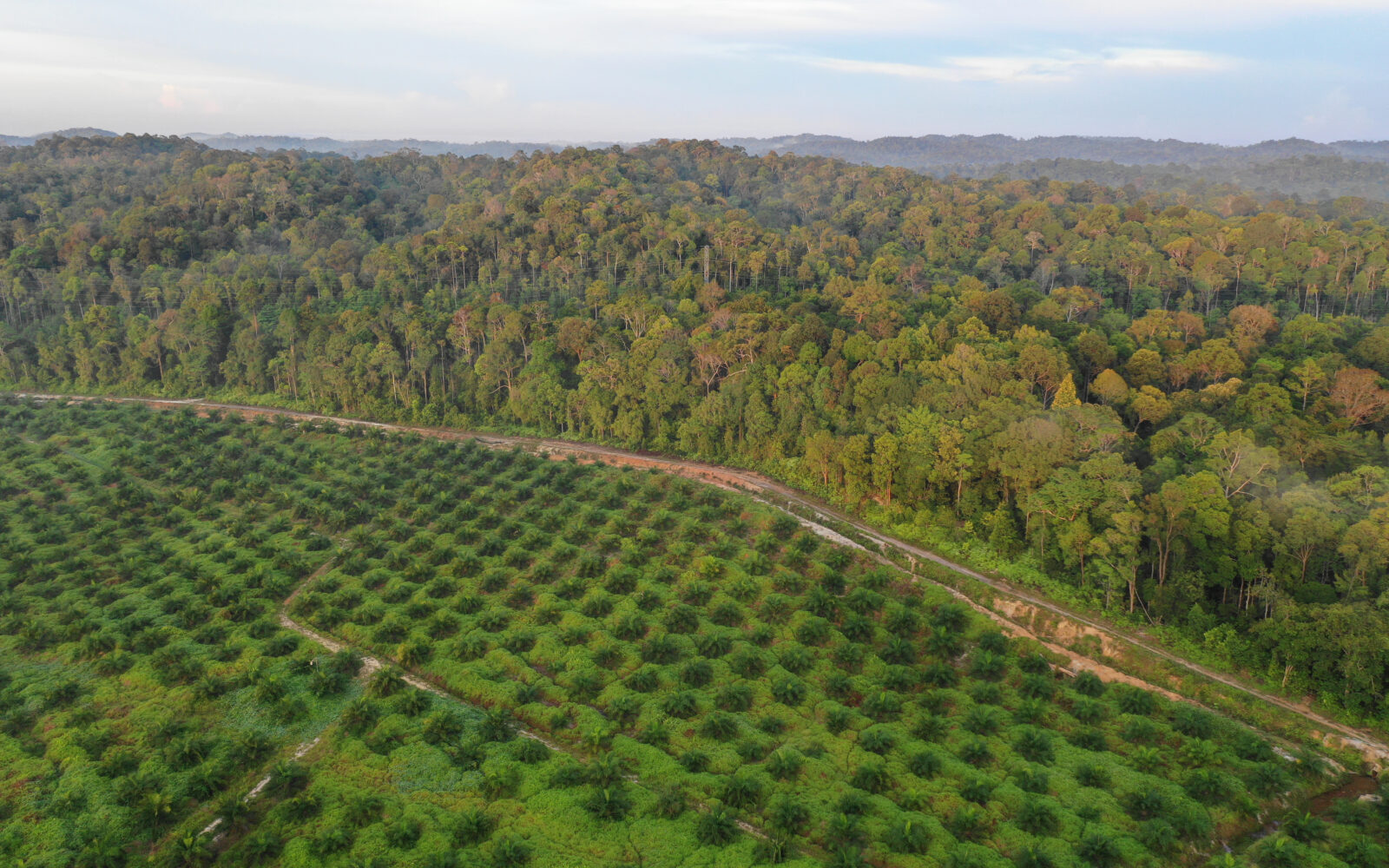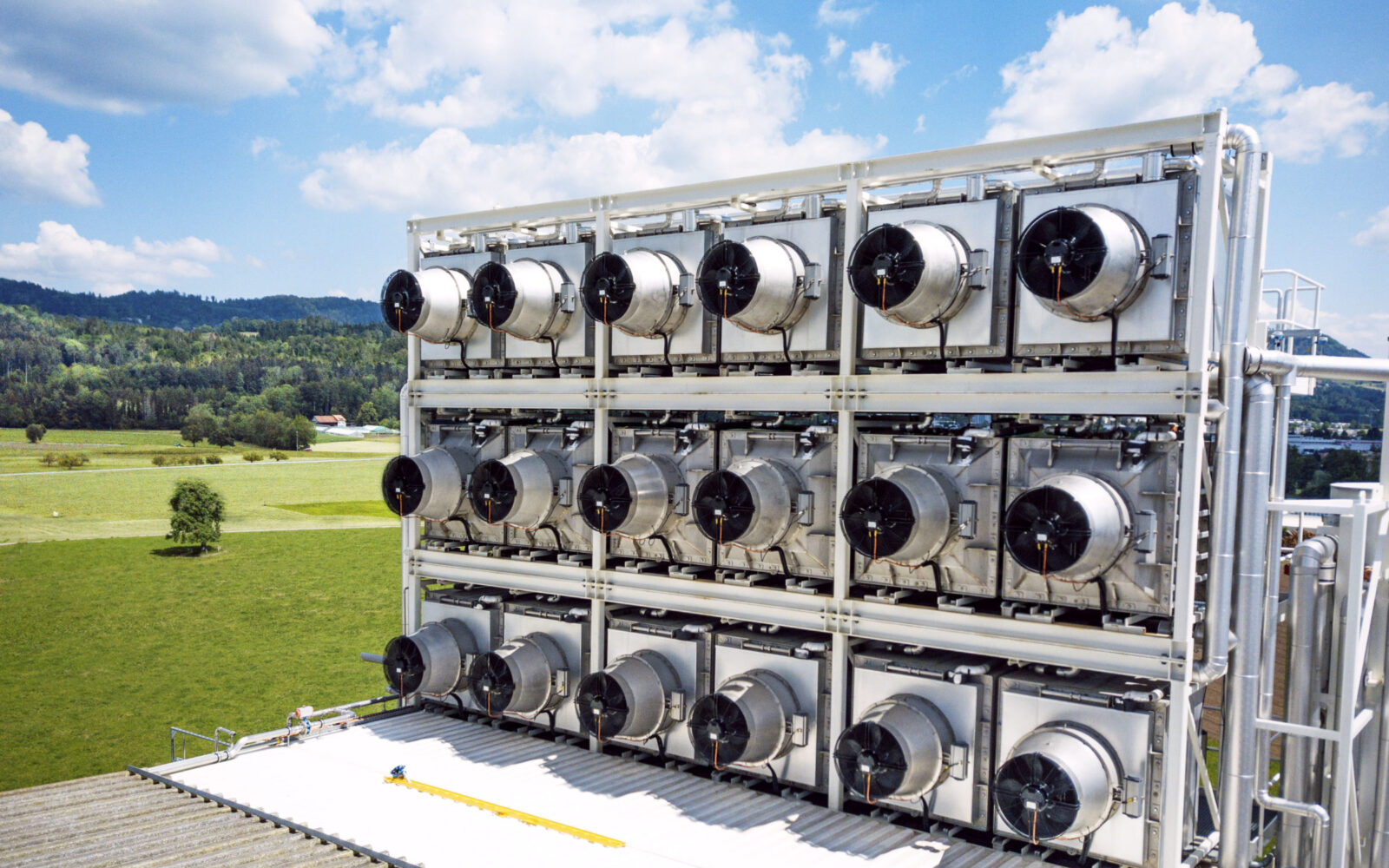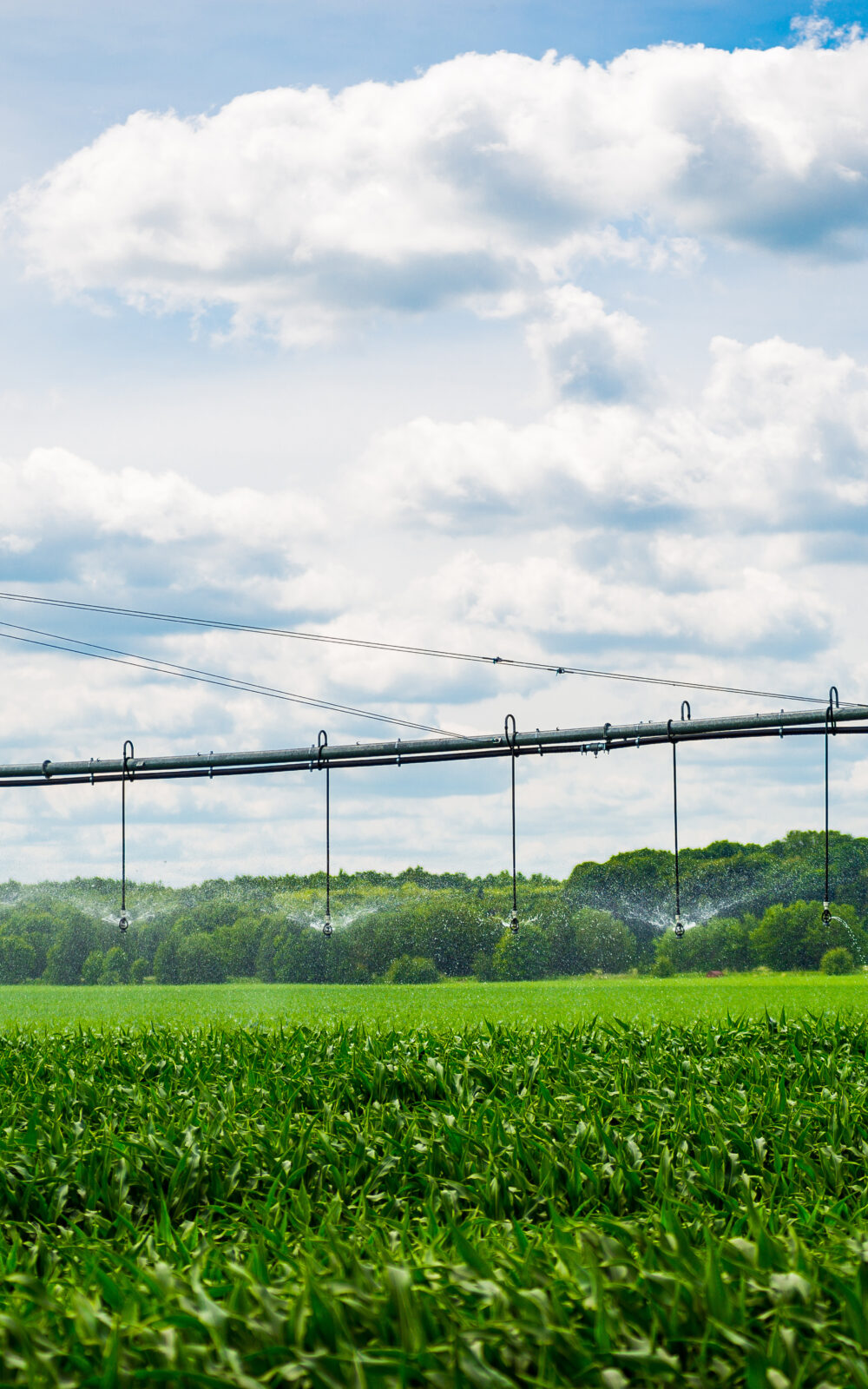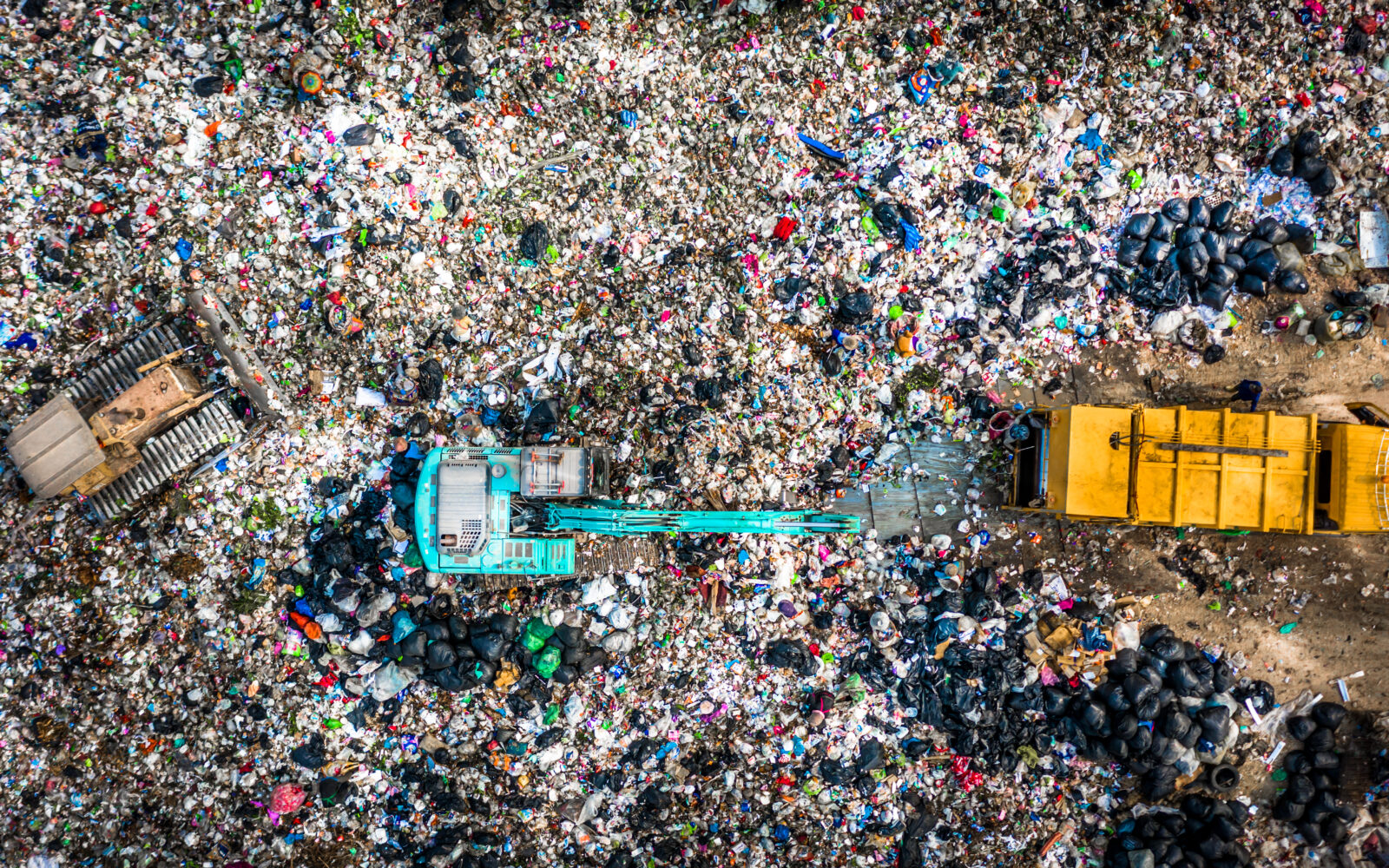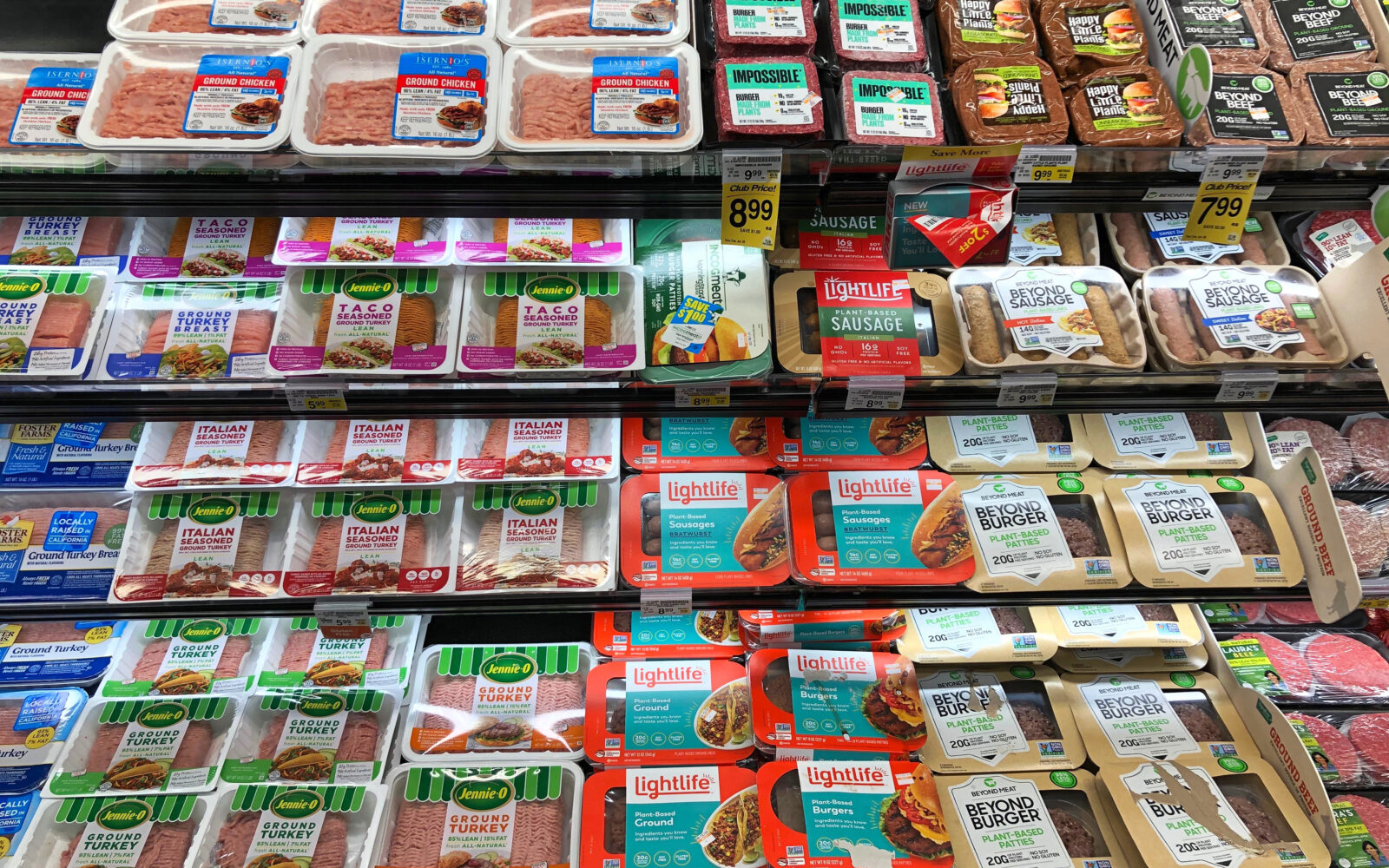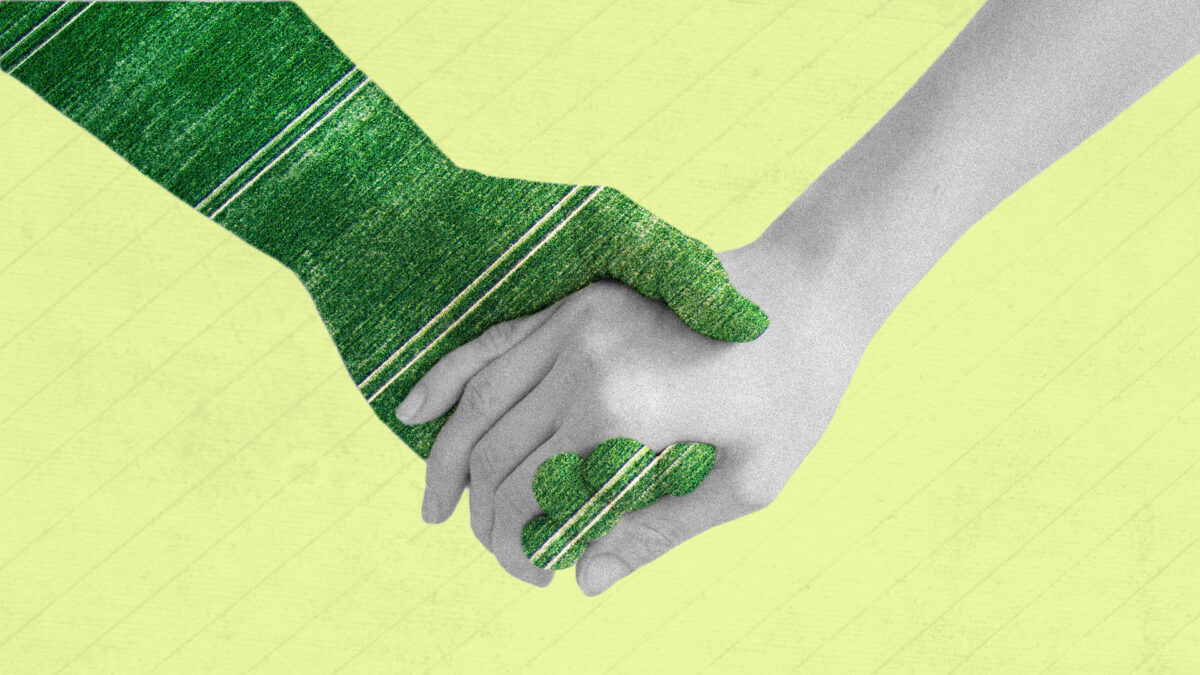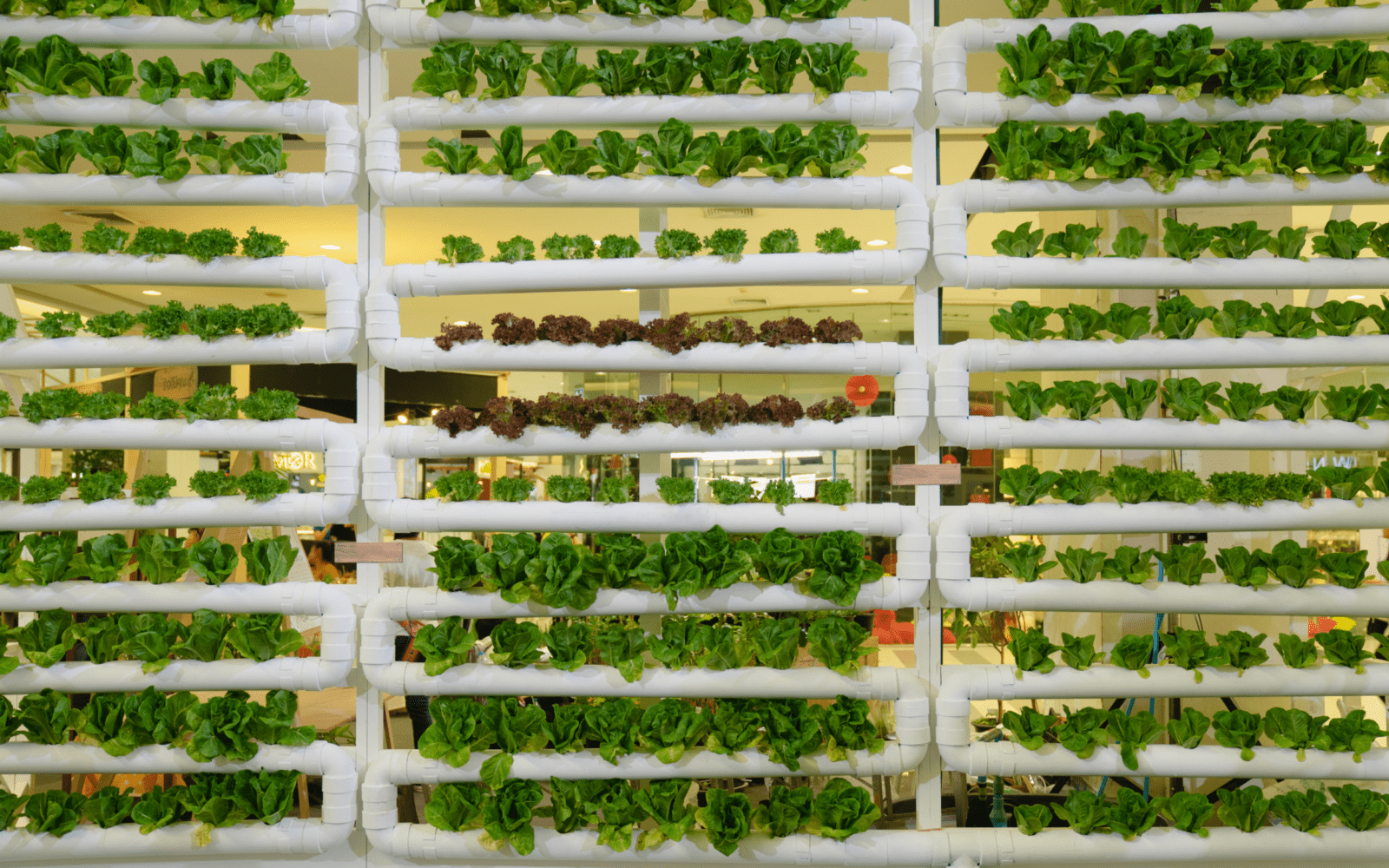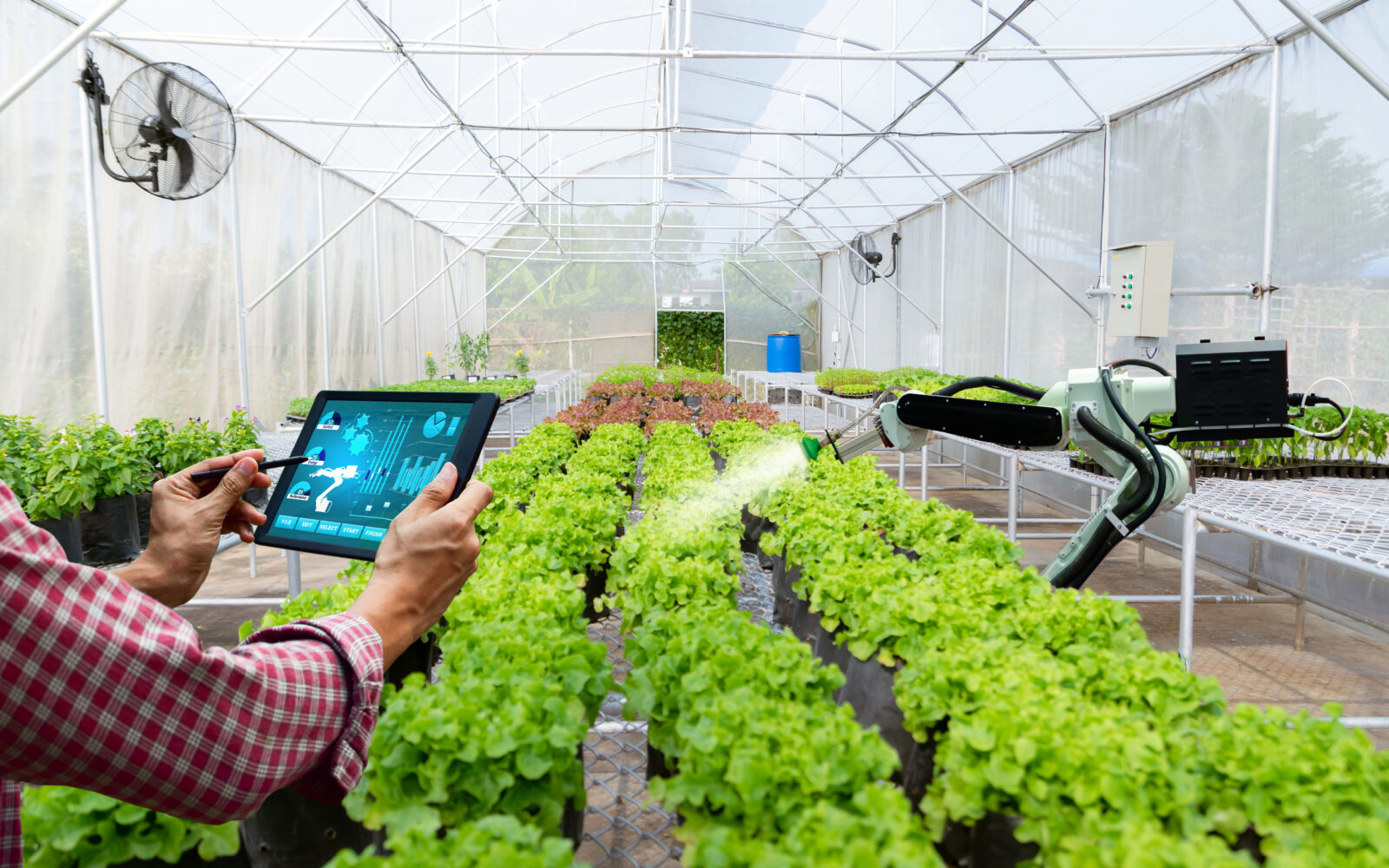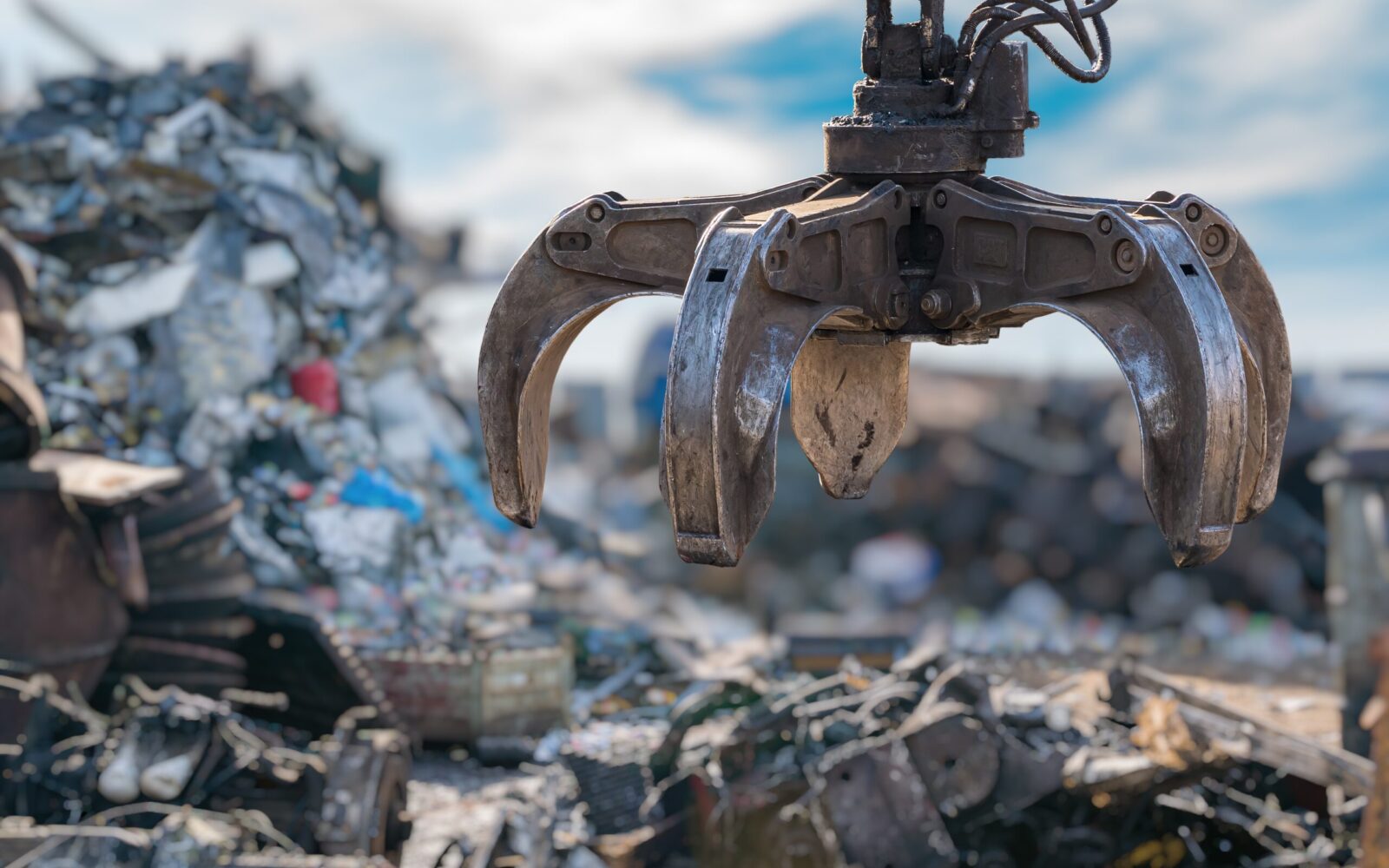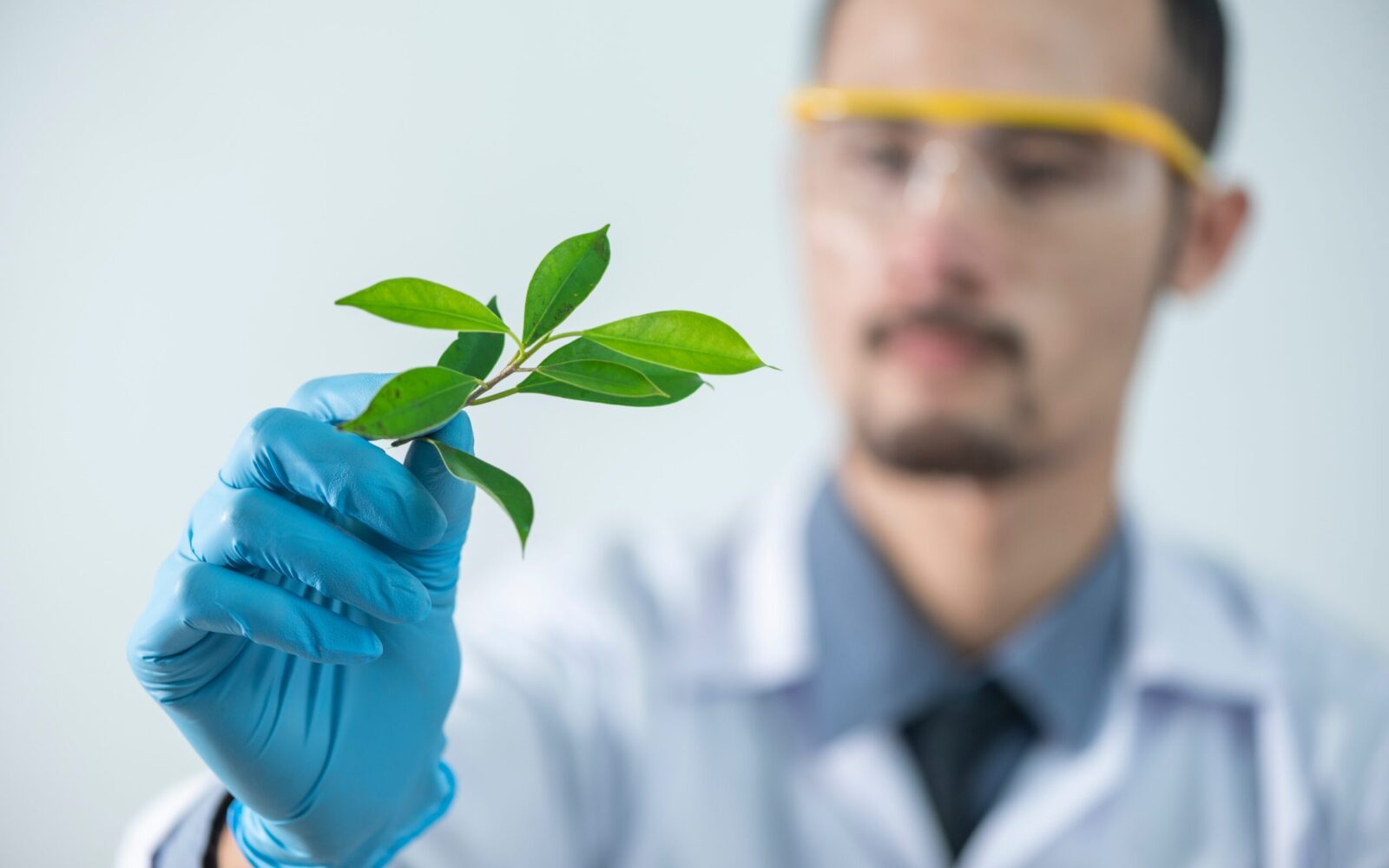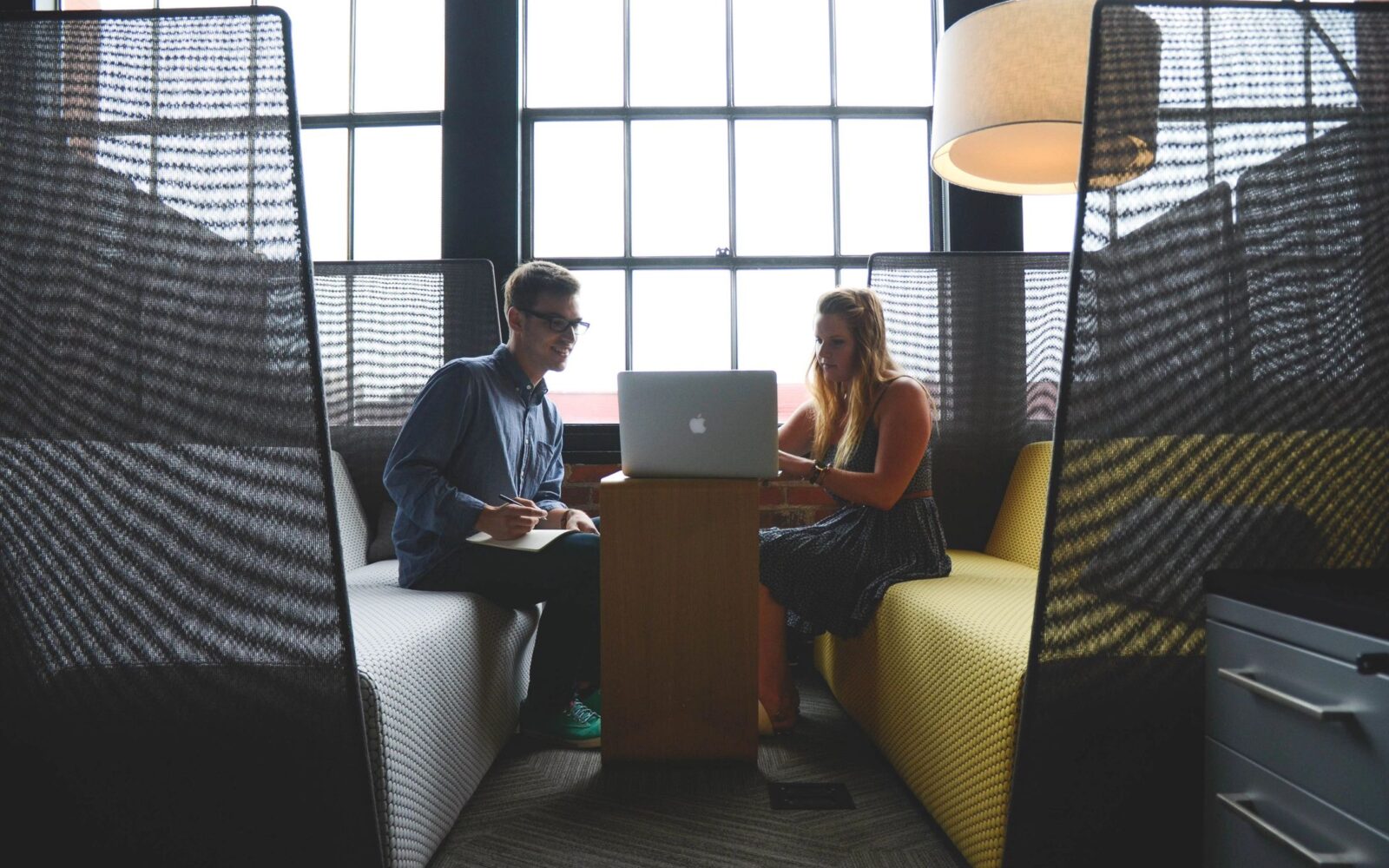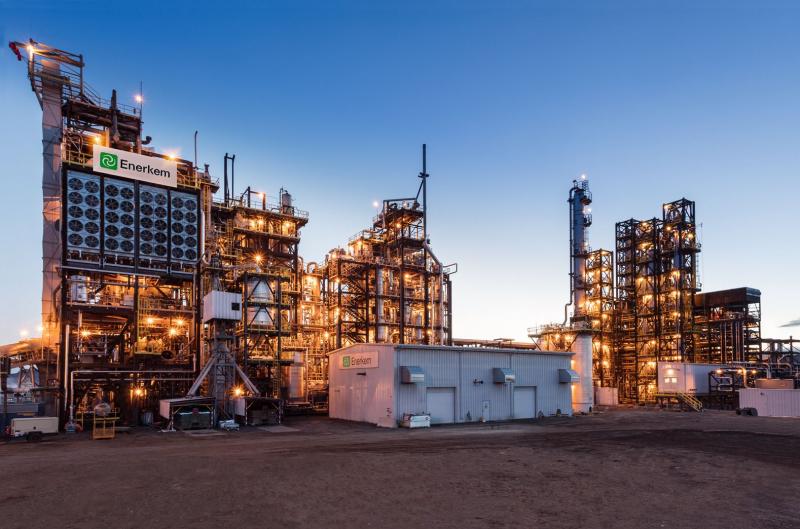Since Covid-19 has spread across the world, sustainable businesses and industries are helping the world fight the virus while developing new business approaches to secure against possible future pandemics and climate change problems.
The food and agriculture industries are among them. In this article we will take a deeper look at how the food and agriculture industries can transform to more sustainable way to fight against Covid-19 while preparing for climate change:
What is the situation right now
As one of the biggest contributors to climate change, the agriculture and food industries have many negative effects which are destroying our environment:
- Enormous production of greenhouse gas emissions
- Damage to local environments
- Cruelty to animals
But we should also consider the negative aspects of industries consumption at the beginning of the process, such as:
- Water and other resources consumption
- Use of synthetic pesticides on crops
- Transformation of forests into agricultural landscape
In the end the negative consequences of damaging nature also affect each other. Greenhouse gas emissions caused by food production contribute to climate change, which makes the Earth’s temperature rises. With every increase in temperature by 1°C the air contains 7% more water. Land is drier, causing storms and cyclones, whose appearance is less frequent but more intense, increasing the risk of floods and disruption of food supply chains. Speaking of water, the agriculture industry uses more than two-thirds of the Earth’s groundwater reserves. These underground reserves are frequently restored by natural processes like rain or melting snow. But as temperatures slowly rise, the frequency of rain and snow decreases. This could lead to lower amounts of periodical restored water and could cause the depletion of the groundwater level. Without fresh water to refill these reserves ecosystems will face enormous damage and food production will irreversibly decline.
In the future, as food production decreases, demand for raw materials and their price will go up. These negative impacts of climate change could cause famines and the most affected areas would be developing countries.
Change in global feeding habbits towards more plant-based diets
But all of this happened because of a good purpose: to feed the human population.
The world’s population is expected to reach 10 billion people in 2050, which means that in the near future we will need to feed even more people. But even today, in the best possible climate conditions such as:
- Stable weather
- Predictable rainfall
- Fully ongoing seasons
Farming and food production is a tough business. But if we would add the aftereffects of climate change such as:
- Climate unbalance
- Strong and unpredictable floods
- More frequent dry days
It could become a threat for all mankind.
Right now, global agriculture accounts for a third of the Earth’s surface and even if the number of starving people is decreasing there are still thousands of people dying everyday of hunger. This is clearly a problem for all of humankind and we must deal with it as soon as possible. But where to start?
When looking for answers to how to feed 10 billion people while keeping the climate at pre-industrial temperature levels, many industry representatives share the same vision. A change in our eating habits by switching to more plant-based diets while reducing the consumption of meat.
How can sustainable farming help us fight Covid-19 while feeding 10 billion people?
Since our reliance on meat and abusive treatment of animals has become unsustainable, we should not forget about the potential threats that eating meat can pose. After all, the latest research pointed out that the Covid-19 pandemic originated in Wuhan, China with people consuming bats. The lives of animals have a real impact on human environment and health and vice versa. If we don’t reduce our greenhouse gas emissions, we can expect more animal-based viruses to threaten us in the future, as animals live in an unhealthy environment, breathing polluted air and drinking toxic water.
But if we are able to reduce the amount of meat in our diets, we could accomplish two important goals for humanity:
- More safety in terms of animal-based diseases threatening humans
- Positive improvement for our environment and climate – reducing the need for water and grains or production of greenhouse gas emissions and methane
According to new research we could produce all the food that 10 billion people will need in more sustainable way – using less space than we do now for 8 billion people by decreasing the consumption of meat and food wastage by half, while crop yields would increase and global trade would be organized more frugally. That would offer more space that could be used in a positive way for nature, such as animal reservations where animals can live in their natural habitat.
The good news is that the food and agriculture industry is already evolving. There are already some good new sustainable methods in the agricultural and food industries that will make the shift much easier for us.
Stay tuned to learn more about how sustainable farming is developing to meet the needs of climate change.
Resources:
https://eatsens.com/blogs/news/the-coronavirus-is-a-result-of-animal-abuse-the-world-won-t-be-the-same-after
National Geographic – Issue 04.2020.
https://www.groundwater.org/get-informed/basics/whatis.html
